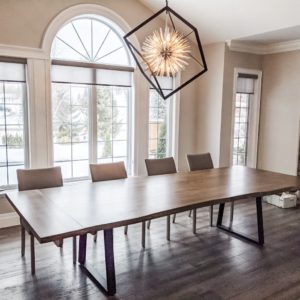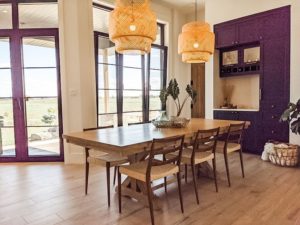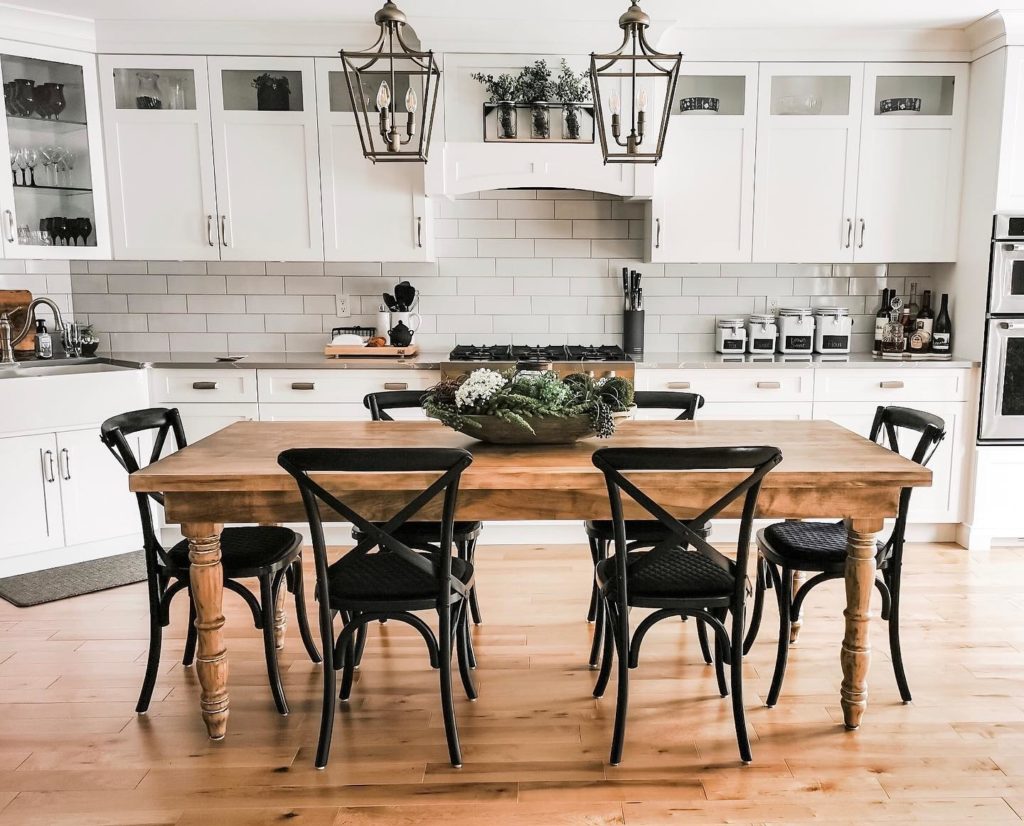blog
What Table Bases Go Great With A Live Edge Creation?
When thinking up your custom Rustix live edge table or bench, it’s easy to get caught up on the beautiful wood surface. However, what supports this wood has to be carefully considered, as the table’s base can impact the look of your finished creation. It also, you know, keeps the wooden surface off the ground!
The wood we use in the Rustix workshop can be thick and heavy, making it ideal to have a base that supports the weight evenly. Here are five table bases that go great with a wide variety of live edge creations!
Trapezoid Legs
 One of the most popular table bases is the trapezoid support. Two quadrilateral rectangles, with the top and bottom acting as parallel sides, can be set up with either the narrower end or wider “base” end attached to the surface. What you get is a strong, unobtrusive, and aesthetically-pleasing base for tables and benches of all sizes. The trapezoids can also be crossed to make an ideal base for small, round pieces like end tables.
One of the most popular table bases is the trapezoid support. Two quadrilateral rectangles, with the top and bottom acting as parallel sides, can be set up with either the narrower end or wider “base” end attached to the surface. What you get is a strong, unobtrusive, and aesthetically-pleasing base for tables and benches of all sizes. The trapezoids can also be crossed to make an ideal base for small, round pieces like end tables.
Spider Base
The spider base is a more recent innovation, and it gets its name from the way the four legs look like eight. Arachnophobes need not fear: this contemporary-looking table base adds a unique blend of industrial and modern styles to any custom live-edge table project. The four “legs” cross each other in the centre, with the feet being on the opposite side of where they meet the tabletop.
It’s an ideal base for a wide variety of tabletop shapes, working well with both round and rectangular slabs. Not only does it look great, but it can give a lot of legroom.
Cantilever Table Base
Do you need to attach a live edge surface to the wall? Why not try a base with no legs? A cantilever is a horizontal bar that gets its support from only one end, usually anchored to the wall. When a table is atop a cantilever base, it makes an ideal surface for booths, as they make it easy for guests to slide in and out of their seats. The cantilever also makes adding live edge creations to your establishment cheap and easy!
Trestle Table Base
 A trestle table base uses two or three supports linked by a longitudinal cross-member below the tabletop. It’s an example of double-base furniture, and despite the length of the supports, not a lot gets in the way of human legs. This style goes well with long, older-looking slabs of wood, usually used for long dining tables and harvest tables. At the same time, the trestle structure works well with minimalist desks and outdoor pieces, too!
A trestle table base uses two or three supports linked by a longitudinal cross-member below the tabletop. It’s an example of double-base furniture, and despite the length of the supports, not a lot gets in the way of human legs. This style goes well with long, older-looking slabs of wood, usually used for long dining tables and harvest tables. At the same time, the trestle structure works well with minimalist desks and outdoor pieces, too!
Four-Legged Bases Like Hairpin Legs
We shouldn’t forget to mention the variety of four-legged table bases available because, well, many customers still want a traditional-looking table! You know what these bases look like: one furniture leg in each corner to support the top. But despite being below the surface, legs can do a lot to “raise” your table’s profile!
For instance, hairpin legs go well with natural wood tables that are thinner or smaller. It’s a style that adds some modern flair to the rustic aesthetic of live edge wood. For extra support, a frame-like structure linking the four legs together can be built under the table’s surface.

